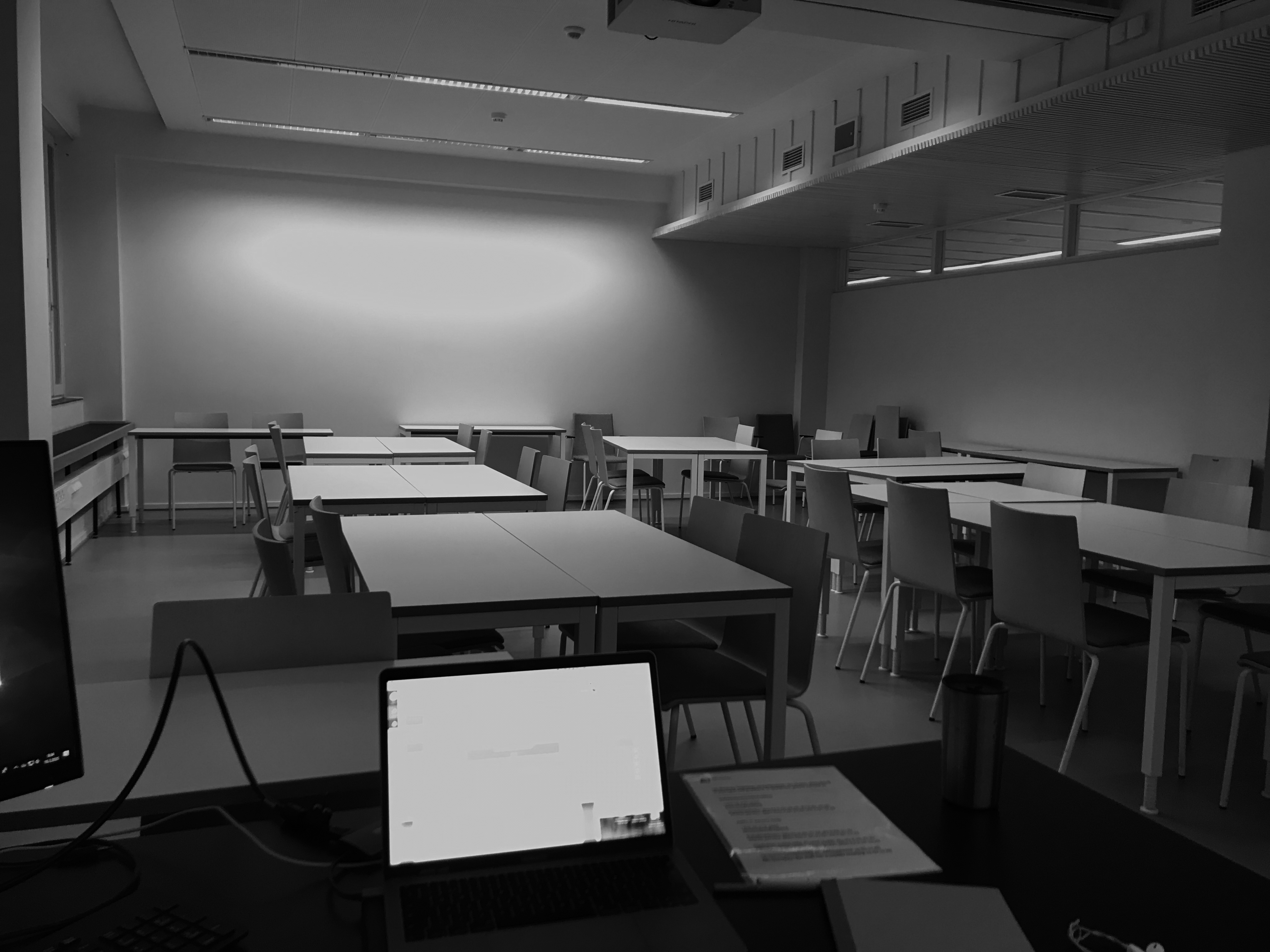On 13th March our school closed due to coronavirus lock down. We had to move all teaching online literally overnight. At the time I was teaching in two project-based design courses in BA and MA levels. In both courses, online was only playing a supportive role in the course, by using Moodle as an interface for course announcements and general information. Like most of the courses in the school, the main channel for the course was face-to-face for both contact teaching and for conducting independent group work.
In this transition of moving from the traditional contact-teaching-based learning to the distance learning, I have observed some benefits of this sudden shift:
- Increase in motivation for learning new tech skills
Young adults are not digital native, but they are eager to learn. To my surprise non of my students had done a video conference before, they were new to Zoom and other remote-based platforms for designers, such as Miro. I was the most tech savvy in the room. Even though most of students would qualify as the resident type in their social life (White, 2011), they became the visitor type when we moved that same technology in the professional field. Despite the novelty and inexperience of the new learning format, students’ reaction was not one driven by fear but curiosity instead. This attitude has been crucial to this shift, as gaining new skills for remote working has become an unexpected new learning outcome, which in turn increased their motivation in the course.
- Activate participation with inclusivity
One of my biggest concerns of this sudden transition was that in loosing our main face-to-face channel we would be losing the quality of in-class participation. I found that by using features like the Zoom chat – and encouraging students to use it at any time by writing their comments and questions, has activated their participation during class. In fact, the written format has opened up a new possibility for those with social anxieties, who felt intimidated by public speaking in class.
- Co-creator roles and attitudes
What would be the impact of distant learning in attendance? Would this new format pose too many barriers for them to continue the course? The opposite has been truth. Distant learning has put students and me, the teacher, in a more equal position. Maybe it is because Covid made us all equally vulnerable, or perhaps is because now the success of the course is in the hands of external factors, or it could just be that online learning offers an environment that breaks with the traditional hierarchical relationship of teacher-student. Since minute one, students have shown a remarkable cooperative attitude, not only by being patient with changes, but most importantly by adopting a new role as a co-creator; initiatives such as creating Telegram groups in case tech issues happen, sharing tips on how to use certain features in Zoom,… These informal and spontaneous initiatives have shown a shift in our mindset, now we both students and teachers are equally co-responsible of the performance of the course.
References
White, D. & Le Cornu, A. (2011) Visitors and residents: A new typology for online engagement. First Monday, 16(9).
-
 Image: Coronavirus notification at the school premisses. (photography by the author)
Image: Coronavirus notification at the school premisses. (photography by the author)
-
 Image: Empty classrooms on the day the school announced closing due to Coronavirus (photography by the author)
Image: Empty classrooms on the day the school announced closing due to Coronavirus (photography by the author)